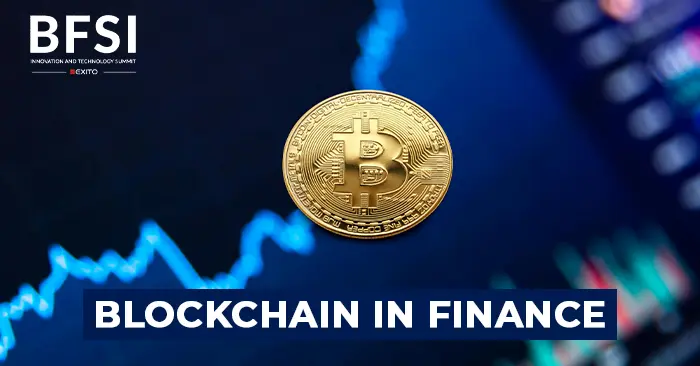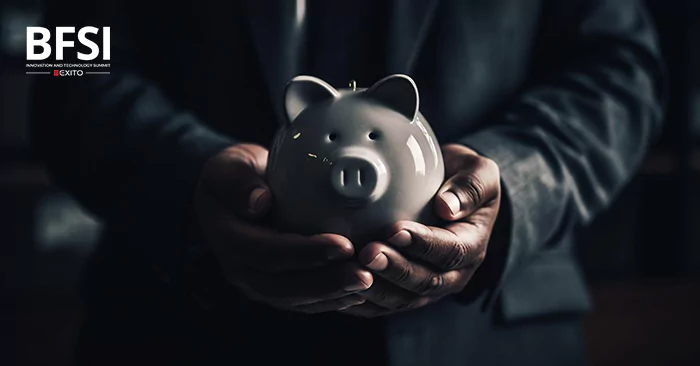The pandemic has changed consumer sentiments and banking behavior drastically. These behavioral shifts related to banking activities have forced financial institutions to adapt to digital payments and change their approach too. It has also accelerated digital transformation and probably a permanent change in customer interaction too. This measurable shift in banking behavior has led consumers away from cash and checks.
How COVID-19 crisis has turned into a wake-up call for the banking sector and transformed consumer behavior in different ways
1. Daily Banking is changing.
Consumer interaction has been significantly impacted because many banks have redefined their approach. As the pandemic forced social distancing , consumers were keen to use flexible ways of online and mobile banking. Financial organizations are looking forward to combining creativity and innovation in this evolving digital customer journey with such measures.
2. Higher need of more flexible transactions
In the contextualization of digital engagement, consumers are shifting to more flexible, convenient, and faster transactions. In this pandemic, people need more support and flexibility from banks. Hence, banks are accelerating the adoption of subscription-based models of implementation to promote customer-centricity. Even to enable customers faster and safe transactions, banks have enabled using biometrics. Moreover, in some countr ies, they allow activation of the contactless functionality in their ATMs which facilitate seamless transactions and limit physical contact during the pandemic.
3. Boost in Digital Payments
While the pandemic gave quite the financial shock for many, at the same time, it enabled people to be prepared to be resilient in the future . Until now, the move to digital payments was steady but subdued. Enter the crisis and digital payments received a big boost and impacted consumer behavior in banking. Many people prefer contactless payment options now more than ever before.
4. Self-service channels came into force
Majority of businesses like food courts, tolls, and retailers started encouraging cashless transactions, thus allowing consumers to perform their transactions faster and securely. With the evolving digital customer journey, banks started to invest in self-service channels. The implementation of next-generation ATMs and Self-service kiosks came into force. With a wide range of services and payment options, Self-checkout and self-shopping devices made everyday life easier. Thus, we saw a great shift in the banking sector which brought up the opportunity to enjoy the consistency of innovative digital services.
5. Responsible banking became the new norm.
Contributing and enhancing the smooth transition, the latest trends of banking even impacted the consumers purchasing decisions. Enabling basic human interaction features, financial institutions fairly shifted and adapted to evolving consumer behavior. Consumers preferred ethical and transparent services from banks and banking organizations made it possible with stimulus measures.
Conclusion
Shifting consumer behavior in banking and Digital Transformation is quickly becoming the number one priority for businesses in this sector; they need to embrace this change and become habitual to new norms. The shift to digital banking and digital payments has given financial institutions opportunities to reduce their manual tasks and operations, leverage new technologies, and adjust to these changes.














